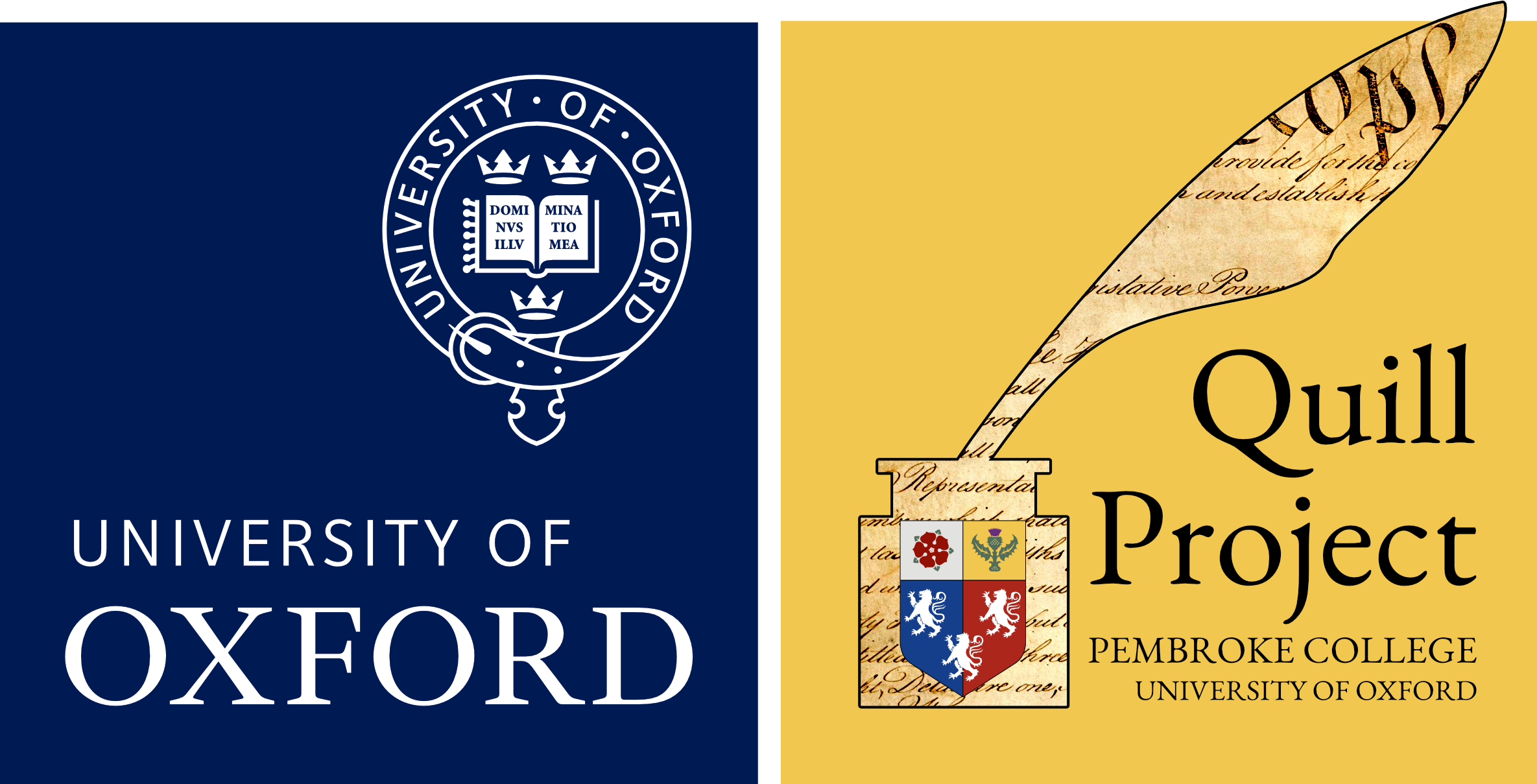Design Rationale
Modelling Debate
Parliaments and other formal bodies often seem to make a merit of seemingly impenetrable and labyrinthine rules of debate. A separate project at Oxford University tracks the standing orders of the House of Commons, for example (https://parlrulesdata.org), and for hundreds of years Parliamentary manuals have tried to describe the intricacies of the various customs of different rules of order.
Yet whatever the details of any particular set of rules, they all aim to achieve the same end, which is to provide clarity on answers to the following questions:
at any given moment in time, what has definitely been agreed and what has not?
who may express an opinion on what out to be agreed?
when is an appropriate moment to suggest changes to any particular piece of text?
what proposed changes have been proposed that have yet to be decided upon?
In the case of most formal negotiations, a secretariat exists which can answer these questions at any given moment, and which will keep a formal record of proposals made and decisions taken as part of their work. Thus, the official journal of the 1787 Constitutional Convention for 19 July 1787 begins:
It was moved and seconded to reconsider the several clauses of the ninth resolution, which respect the appointment, duration, and eligibility of the national executive — which passed in the affirmative
Had any member of the Convention asked, the secretary, William Jackson, would have read out exactly the language under consideration, but the effect of that vote is opaque to a reader coming to the official record.
To help make these records much more easily intelligible, the Quill Project acts as a virtual secretary — displaying the information that would have been available to members of the Convention, showing the text taken up for debate when that vote was taken, and enabling users to follow the debate as a vote was taken on each clause.
More sophisticated tools for analysis are then built upon this foundation.
Accurate Commentary
Classical Literature texts. Image credit: Bodleian Library
An additional feature of the platform design was to enable the writing of the kind of detailed, analytical commentary that is familiar in fields such as Classics or English literature, but which would be extremely difficult to provide in the case of a constantly evolving text.
Articles such as William H. Riker, ‘The Heresthetics of Constitution-Making: The Presidency in 1787’ (American Political Science Review, 1984), take many pages to chart the evolution of a single clause — complex descriptive work that must be done before analysis can be offered. Perhaps because of this, a comprehensive treatment of how each clause in the 1787 Constitution came to be negotiated and agreed in its final form has never been completed.
One of the aims of the Quill Project is to make this kind of accurate commentary easier to write and to follow. An example of our approach can be found in https://www.quillproject.net/commentary_collections/8.



